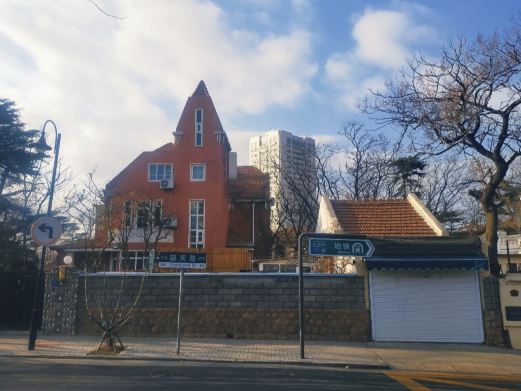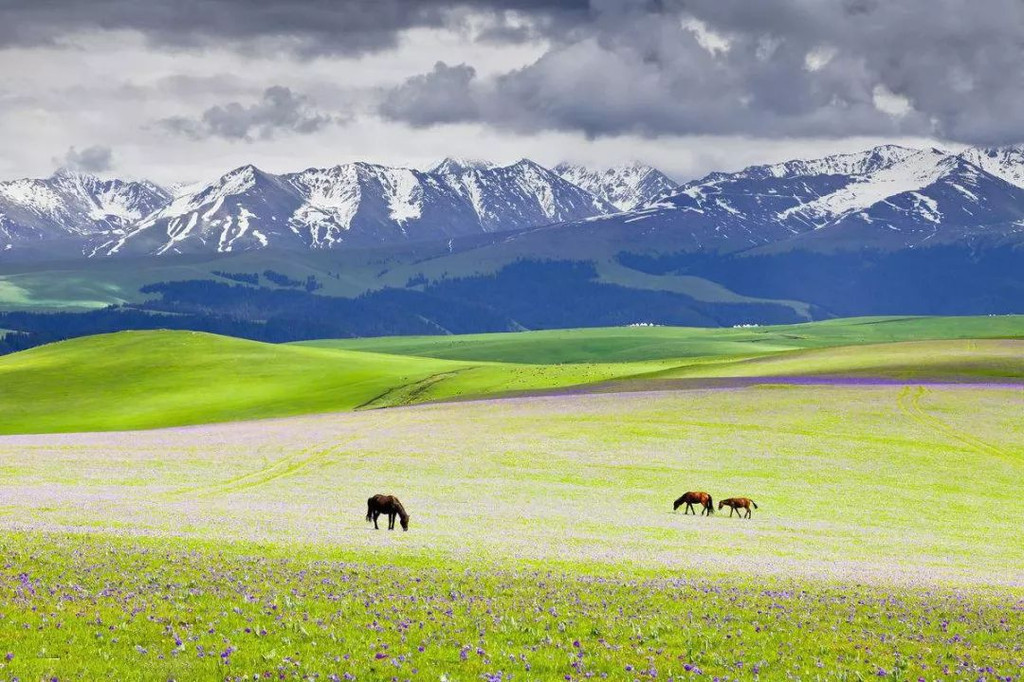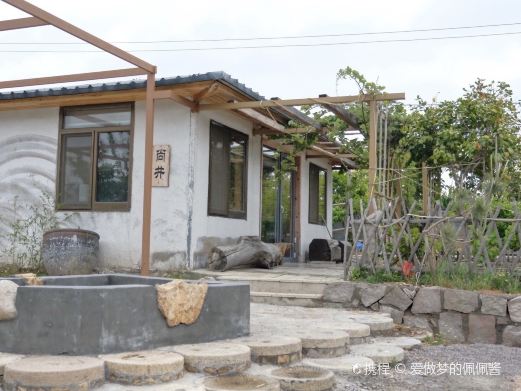The Dai Village Dam scenic area is located 10 kilometers southeast of Dongping County, at the confluence of the Qing and Wen rivers, 100 meters northeast of Nancheng Gao Village, Pengji Town, with central coordinates at 35°54′N, 116°33′E. It is one of the ancient water conservancy projects in China, known as the ‘Second Dujiangyan’. Initially constructed in the Ming Dynasty, when Emperor Chengzu moved the capital to Beijing and urgently needed to develop the north-south grain transport, the water source of the Huitong River north of Jining was insufficient, limiting the transport. In the ninth year of the Yongle era (1411), the Minister of Works, Zong Li, adopted the suggestion of Bai Ying, a water control expert from Wen Shang, to break the city dam upstream and build a dam here to block the Wen River. The Wen River was diverted into the Xiaowen River, flowing south to Nanwang in Wen Shang, where it was injected into the canal to ‘aid the transport route’, becoming the main project for diverting the Wen River to aid transport, allowing ships to travel unimpeded. This dam was originally an earth dam, which was later significantly repaired and reinforced during the reigns of Wanli and Qing Daoguang and Guangxu, forming its current scale. The dam runs from northeast to southwest, slightly arc-shaped, with a total length of 1500 meters, consisting of three sections. The southern section, from south to north, is divided into the Rock Dam, Flow Dam, and Exquisite Dam, all of which are stone dams; the middle section is called the Tai Huang Di; and the north is the Sanhe Earth Dam. The three connected stone dams vary in height, and as the water level of the Wen River rises and falls, the three dams overflow or stop overflowing in sequence, regulating the amount of water entering the canal. When a particularly large flood arrives, the Sanhe Earth Dam overflows on its own, releasing floodwaters to protect the dam. The Tai Huang Di can both help the Sanhe Dam to release floodwaters and face the water directly, protecting the main dam. The construction of the three-in-one, interrelated water conservancy hub project of Dai Village Dam is a masterpiece of Chinese water conservancy projects and an innovation in the history of water conservancy. High platforms were built between the above three dams, among which the stone dam’s northern platform originally had the Dragon God Temple, General Temple, and Bai Gong Temple, which no longer exist. The dam is majestic, like a python, like a long dragon, lying between the Qing and Wen rivers, like a copper wall, like an iron wall, dividing the Qing and Wen waters abruptly, with a magnificent and magnificent momentum. In the summer and autumn, white waves roll, overflow the dam and release, with a sound like the roar of dragons and tigers, ‘Dai Dam Tiger Roar’ is one of the new eight scenes of Dongping. It is open all year round from 09:00 to 17:30, and the specific business status is subject to the day’s opening situation.
Dai Village Dam
The Dai Village Dam scenic area is located 10 kilometers southeast of Dongping County, at the conflu[...]









